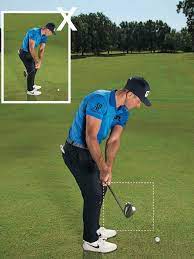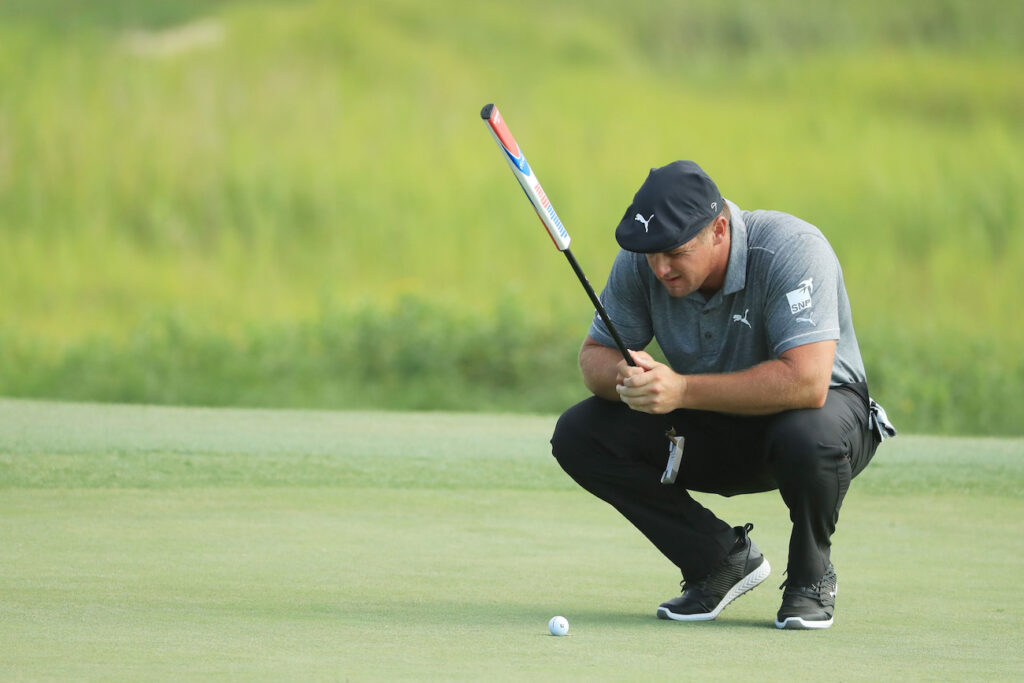I was reminded about the importance of TIMING while watching one of my favorite weekly blogs by Danny Maude. He actually copied the phrase that I have been exposing in many of our past blogs. He suggested that you count the words: “one and two” during your back and forward swing to add time to slow down your backswing. There really are 2 reasons why you need to repeat these words. The first is to add rhythm to your swing and the second is to block out distractions.
Swing Rhythm
I use the phrase “one and” during my backswing to slow my backswing and to give myself time to rotate my hips & shoulders as I lift my arms while I cock both wrists at the top of my swing. Wrist cocking allows me to shallow my club during my downswing as I swing up the inside slot. Releasing my cocked wrists, during the bottom half of my swing, generates most of my power through my ball. Listen for the woooshing noise near YOUR point of impact.

Block Out Distractions
Our minds can be tricked to avoid distractions. For example, you may be watching advertising on TV while your mind is thinking about getting ready for an upcoming event and you have no recollection of the content of the ad that you are watching. Another example is that you can say the words “one annnd” but you are not able to mentally say another word at the same time as your eyes stare at a dimple on the back of your ball.
You can pre-program your mind to create a full backswing (hip rotation, shoulder rotation, arms rising, and wrist cocking) during the time it takes to say “one and”. By the time you say the word “2” or “finish” you should only be making your downswing with a focus to reach a balanced finish on your leading foot.
Golf is a MIND GAME!
You are only playing this game against yourself and your personal past performance. It’s up to you to focus on your swing and to block out any other thoughts. Your ball is at rest. Natural elements like wind, rain and the sounds from birds or passing cars or planes or machinery could be distracting you. If others in your foursome are talking, you can ask them to keep quiet. The only thing that you can’t control is their constant stare or any mental hex (or evil-eye) from others in your foursome.
During Tiger’s hay days, he would put himself into a mental trance. Anything to disturb that trance caused him to stop his swing and then start the process again. You need to have the same dedication for your swing. Practice with GOLFSTR+ to build your swing as you say the words “1 annnd 2” or “1 annnd finish”. Buy one today at www.GOLFSTR.com











